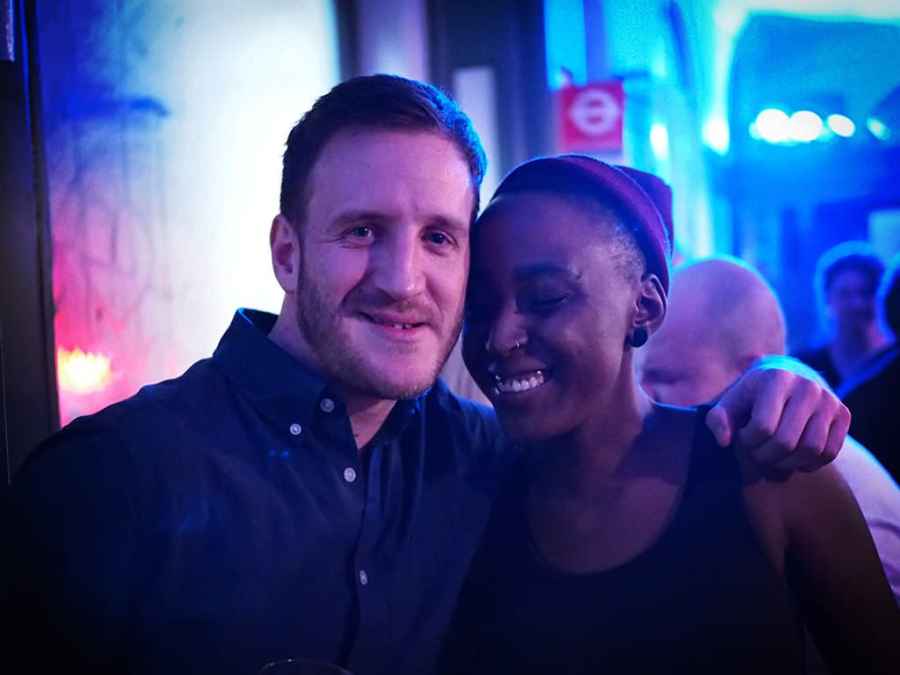Peter Dench meets John Mannell, whose impromptu daily portrait photography has proved to be a powerful creative and emotional outlet during challenging times
On 1 January 2017, just after midnight, a slightly merry John Mannell raised his Olympus camera to his eye and took a portrait of his friend Olly and a woman they’d just met (below). An innocuous act repeated by millions across the country celebrating new year. For John, that fraction of a second marked the end of a long and often harrowing chapter in his life and the beginnings of a new and more positive one.
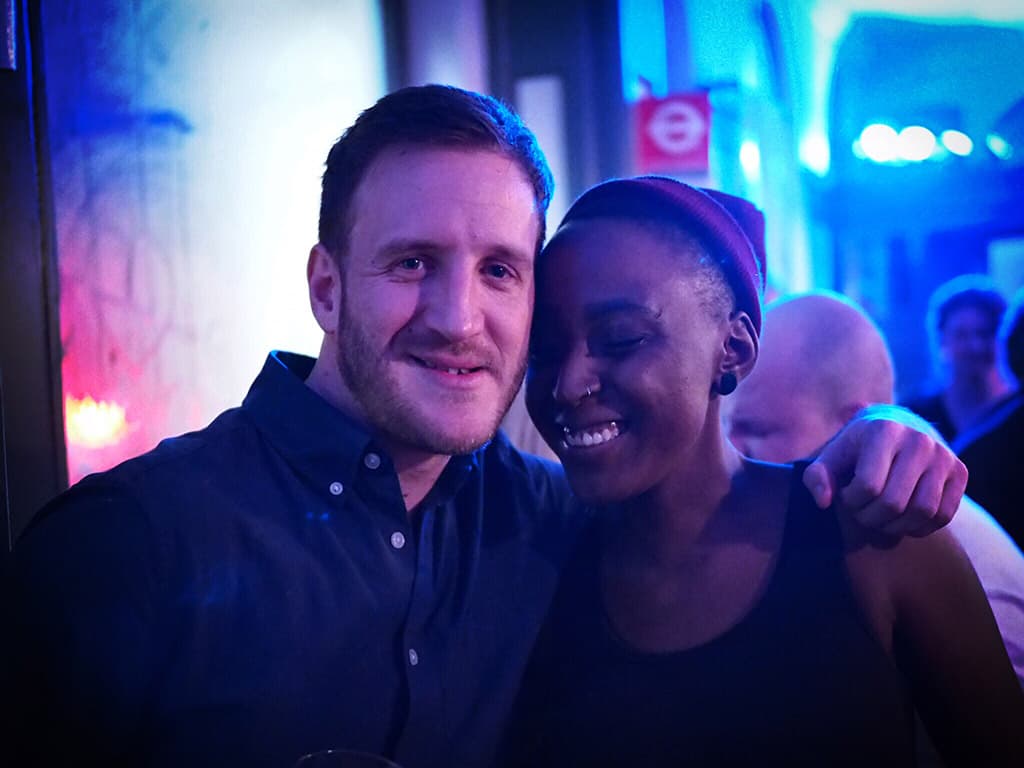
Day 1 – John’s first portrait per day, on New Year’s Day 2017 of friend Olly and Sanya Semakul
It was the first picture for his project, portrait_per_day (PPD). That year, 364 portraits followed on Instagram, and around another 1,300 since. Photography had been a passion in John’s life from his early teens when he enrolled on a night course, transfixed by developing black & white prints in the darkroom.
An overly shy and anxious kid, it gave him a welcome refuge. In his early 20s, the anxiety that often overwhelmed him so much he would throw up subsided. He was relatively happy and he was fit, training as a competitive rower twice a day. His world was about to be flipped upside down.
‘After university, I had a rare bowel disease which manifested in my large intestine and decided it would eat my small intestine. I had bad blood poisoning. The operation went really well but because it was so badly damaged, I was in and out of hospital for a long time. I was not able to really walk or carry a shopping bag. I didn’t really deal with any of the issues of what was happening, just trying to battle on and get through it,’ explains John.
Isolated
As time moved on, John felt more and more vulnerable. The trauma left him frail and isolated. He was able to leave home for his work in construction but would retreat back immediately after, often sitting in the dark believing everything was collapsing around him.
It was suffocating and restrictive, the outside world increasingly daunting. He broke down and was eventually diagnosed and medicated for depression. During NHS counselling sessions, John learnt Cognitive Behavioural Therapy, a psycho-social intervention that aims to improve mental health, focusing on challenging and changing cognitive distortions and behaviours, improving emotional regulation and the development of personal coping strategies that target solving current problems.
His therapist picked up on John’s enthusiasm for photography and tasked him with taking a photo each week to discuss with the group. Six years later, after coming up with the idea for PPD with his wife Katherine, John posted that New Year’s Eve picture on his Instagram feed. The woman in the image was writer, Sanya Semakul. They still have a connection and John would harvest many more throughout the project.
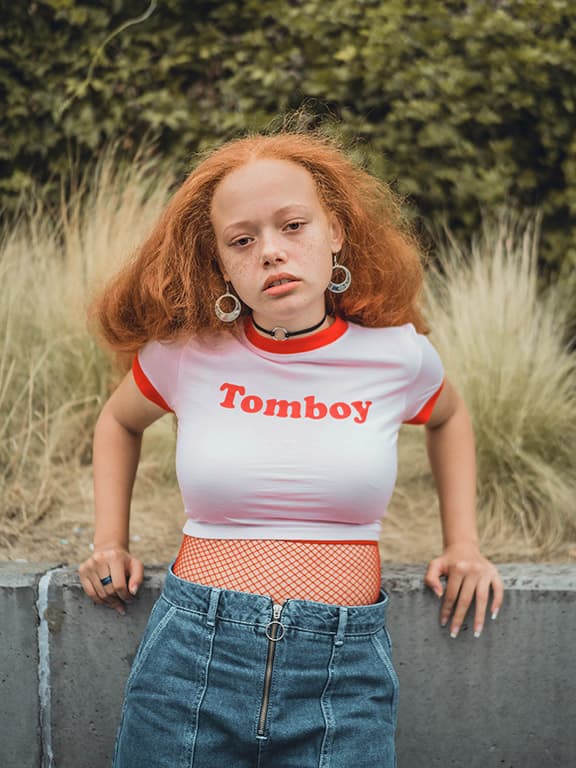
Yasmine
‘I had quite a long journey before I got to the point where I was in a good place when I started PPD. I wasn’t on medication any more for depression.’ PPD wasn’t set out to raise mental awareness issues, it was to improve John’s photography and manage his stress by forcing him to engage with strangers every day. It wasn’t easy. At first he couldn’t look people directly in the eye and the rejections came thick and fast.

Bashir
You’d think perhaps a photographer with a history of chronic anxiety taking portraits of strangers wasn’t the best therapy but John knew what he was doing. ‘People are my therapy as much as photography. It’s a vehicle, an excuse; without that camera, I don’t know how I would necessarily go up to people.

Edie
I went through phases where I’d try to pick people who I thought would be more popular, get more ‘likes,’ if someone was good looking or had a really outrageous outfit on. I deviated away from that because a lot of my connections were much nicer with people I wasn’t choosing because of what was on the surface. That was a learning curve,’ he reveals.

Aisha
Each picture on PPD is accompanied by information of the kit used and crucially, a story of the encounter. Every age, sex and ethnicity are represented in every weather during the day and night. The portraits are in colour and black & white. Close-up and full-length. Shot in hairdressers, supermarkets, cafes, pubs, a chip shop, chicken shop, DIY store and launderettes.
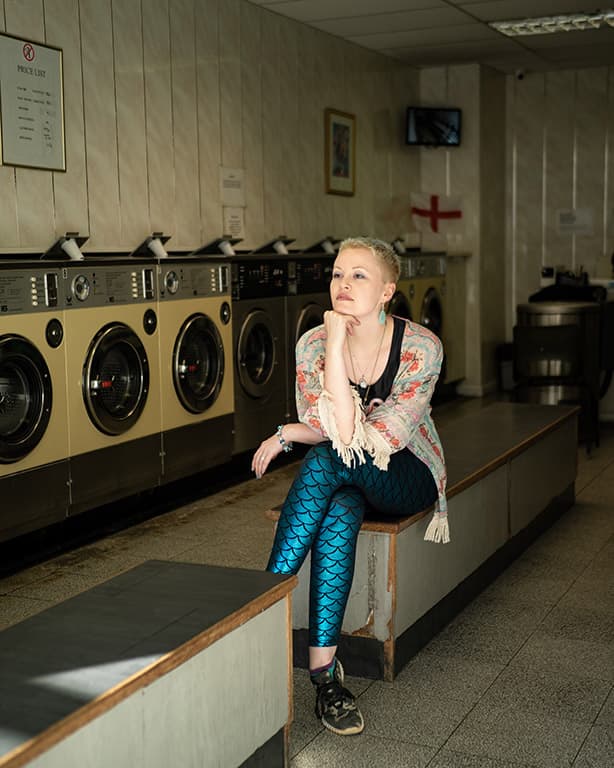
Bettie
There are subjects holding crutches, bikes, cameras and a walking stick. They lie in a hammock, sit on a bench or blanket in the park. They have long hair, short hair, curly hair and green hair. There’s the odd dog, cat, bird, horse, fox and a goat. There’s a Lollipop lady, Fulham football fan, Wonder Woman and screaming baby. They are eclectic in style and collectively brilliant.
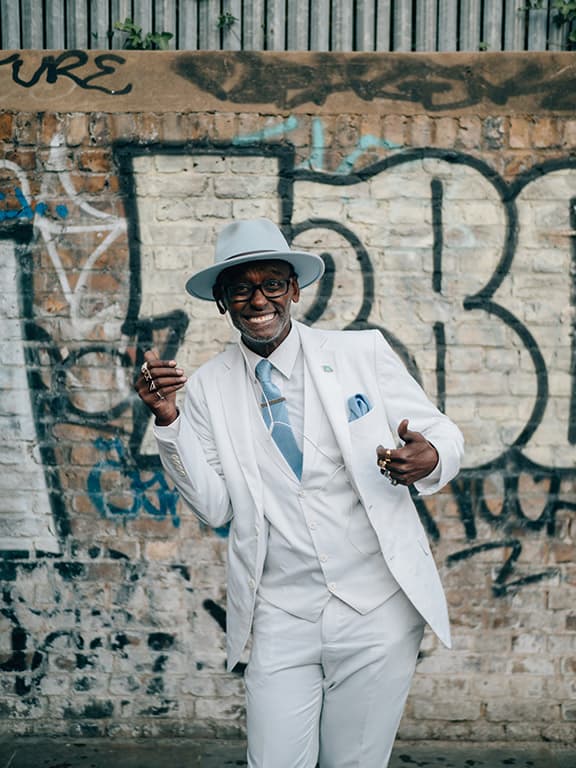
Jama
His image of Chuck (below) was one of 200 photographs that capture the face of a changing nation published in Portrait of Britain Vol 2 (2019 Hoxton Mini Press).
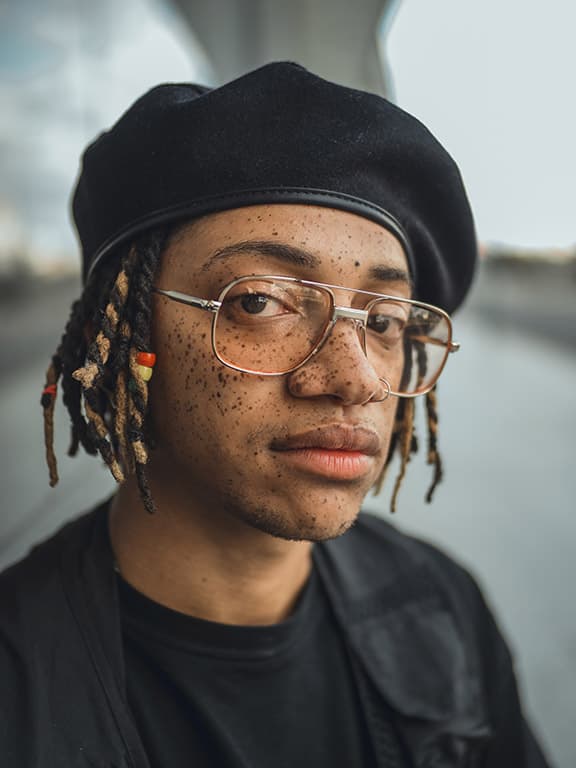
Chuck
Preconceptions
‘PPD has made me much more reflective of myself. I’ve always thought I’m a person that doesn’t hold stereotypes or judge people for how they appear. I’ve learnt that I hold those preconceptions a lot more than I think,’ says John.
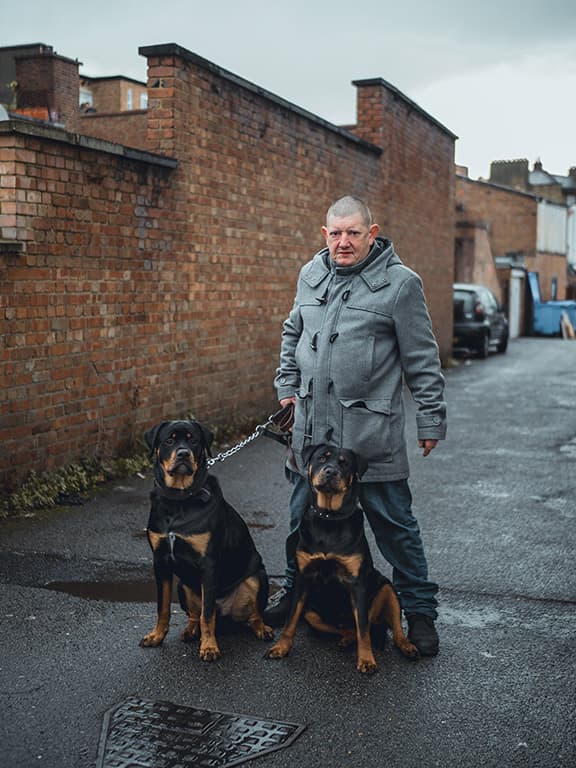
Paul of Penge
He describes one encounter on Instagram: ‘Despite not feeling great today, made the effort to try to get a portrait. Met a lovely lady who despite not wanting a portrait had a nice chat. Then just as I walked round the corner I saw Paul (shown above) with his two dogs, Zeus and Kandy. Even though they are only 14 months I joked who was walking who as they dragged him along.
The truth is I do force myself to not judge a book by a cover as not going to lie, two dogs like that pulling Paul along does look a bit menacing but what a great bloke and gentle pair of dogs they were. I can’t say I expected them to sit so well but they even all looked into the lens. We had a good joke and he mentioned his 14-year-old Staff that’s a bit too old to be going out in the sleet and hail. Thanks for the photograph and that’s what being a good dog owner is. Walking rain or shine.’

Harry
When John explained to Paul the story behind PPD, he received a hug. Other encounters with his subjects have been emotional enough to induce tears, in another, he was almost attacked by a jealous boyfriend. When Londoner John steps out onto the streets of Penge where he lives with Katherine and their six-month-old son, he’s pretty much guaranteed to bump into someone he’s photographed.

Heather
His approach has been refined and gets far less rejections than he used to, people can quickly check PPD on their phones and decide if they want to take part or not. John doesn’t force himself to take a PPD, it’s more a daily habit and a bit of time for himself. He will always be anxious but in terms of it being uncontrollable, photography has overpowered it.

Paul
I have my own PPD print hanging in my home and appeared as one of John’s PPD’s. When I first met John I viewed him first as a photographer. ‘I have forever been guilty of undervaluing what I do. For many years when people asked what I do,
I would say, I am just a builder.
Through taking photos of strangers I have learnt that no one is ever “just” anything. We all have an impact on others we meet, we have all done something we are proud of and we all have a story to tell. I can see the value in you, so I now make a point of seeing the value in myself too.’
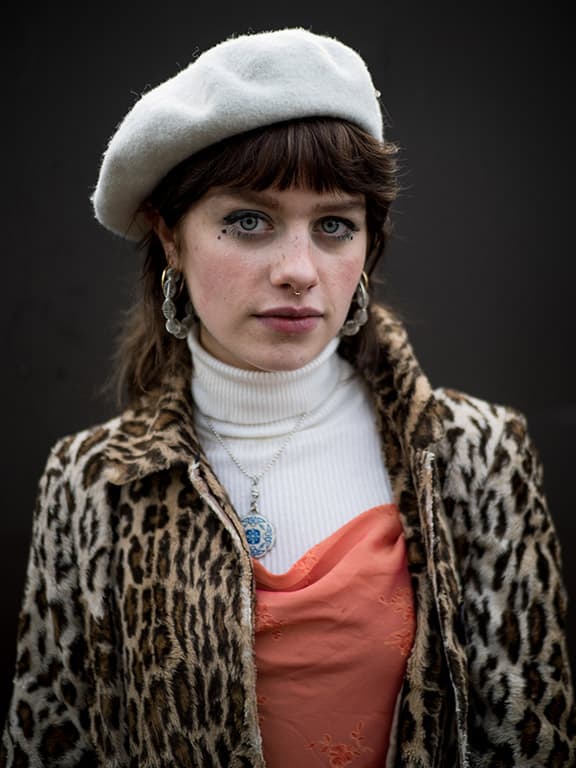
Mally
The evidence is clear that photography can be beneficial to improving mental health as many people discovered during the lockdowns of 2020/21. John (now 35) is increasingly proactive in mental health initiatives including The Campaign Against Living Miserably (CALM). He’s working with the Glass and Glazing federation to roll out a new mental health awareness pledge in the construction industry.
His photography has also featured on The Photography Movement (founded to help all humankind express their feelings and emotions around mental health through the medium of photography) and was shown during the 2018 Mental Health Awareness Week on the BBC.
‘I certainly get at least two or three messages a week from people on Instagram who’ve said what I do helps,’ admits John.
Further reading
Portrait photography tips and advice

